FIND THE AREA AND PERIMETER OF THE GIVEN FIGURE
Subscribe to our ▶️ YouTube channel 🔴 for the latest videos, updates, and tips.
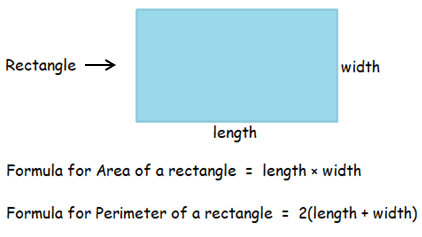
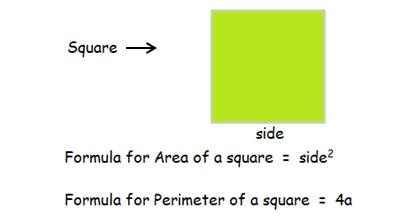
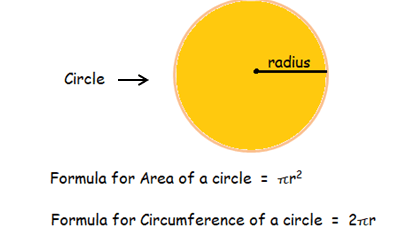
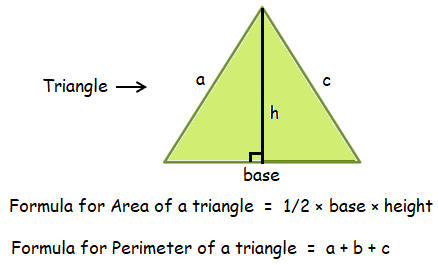
Find the area and perimeter of the following figures.
Example 1 :
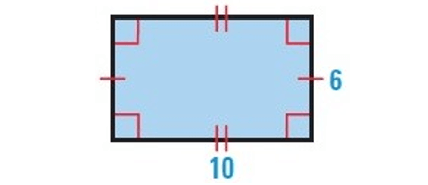
Solution :
By observing the figure, it is a rectangle.
Finding the area :
Area of a rectangle = length × width
Here length = 10, width = 6
= 10 × 6
Area = 60 sq.units
Finding the perimeter :
Perimeter of a rectangle = 2(length + width)
= 2(10 + 6)
= 2(16)
Perimeter = 32 units
Example 2 :
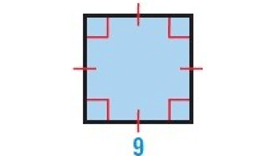
Solution :
By observing the figure, it is a square.
Finding the area :
Area of a square = side2
Here side(a) = 9
= 92
Area = 81 sq.units
Finding the perimeter :
Perimeter of a square = 4a
= 4(9)
Perimeter = 36 units
Example 3 :
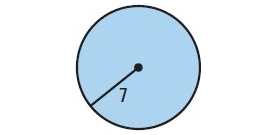
Solution :
By observing the figure, it is a circle.
Finding the area :
Area of a circle = πr2
Here radius = 7
= π72
= 49π
Area = 49π sq.units
Finding the circumference :
Circumference of a circle = 2πr
= 2π(7)
Circumference = 14π units
Example 4 :
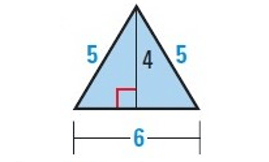
Solution :
By observing the figure, it is a triangle.
Finding the area :
Area of a triangle = 1/2 × base × height
Here base = 6, height = 4
= 1/2 × 6 × 4
Area = 12 sq.units
Finding the perimeter :
Perimeter of a triangle = a + b + c
Here side(a) = 5, base(b) = 6 and side(c) = 5
= 5 + 6 + 5
Perimeter = 16 units
Example 5 :
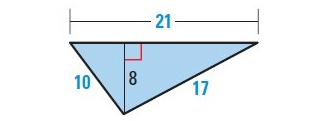
Solution :
By observing the figure, it is a triangle.
Finding the area :
Area of a triangle = 1/2 × base × height
Here base = 21, height = 8
= 1/2 × 21 × 8
Area = 84 sq.units
Finding the perimeter :
Perimeter of a triangle = a + b + c
Here side(a) = 10, base(b) = 21 and side(c) = 17
= 10 + 21 + 17
Perimeter = 48 units
Example 6 :
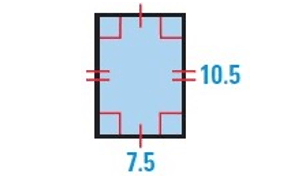
Solution :
By observing the figure, it is a rectangle.
Finding the area :
Area of a rectangle = length × width
Here length = 10.5 and width = 7.5
= 10.5 × 7.5
Area = 78.75 sq.units
Finding the perimeter :
Perimeter of a rectangle = 2(length + width)
= 2(10.5 + 7.5)
= 2(18)
Perimeter = 36 units
Example 7 :
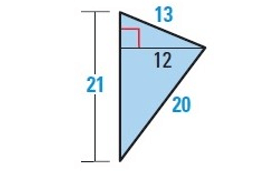
Solution :
By observing the figure, it is a triangle.
Finding the area :
Area of a triangle = 1/2 × base × height
Here base = 21, height = 12
= 1/2 × 21 × 12
Area = 126 sq.units
Finding the perimeter :
Perimeter of a triangle = a + b + c
Here side(a) = 13, base(b) = 21 and side(c) = 20
= 13 + 21 + 20
Perimeter = 54 units
Example 8 :
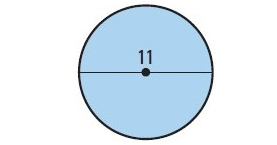
Solution :
By observing the figure, it is a circle.
Finding the area :
Area of a circle = πr2
Here diameter = 11
So, radius = d/2 = 11/2
r = 5.5
= π(5.5)2
= 30.25π
Area = 30.25π sq.units
Finding the circumference :
Circumference of a circle = 2πr
= 2π(5.5)
Circumference = 11π units
Example 9 :
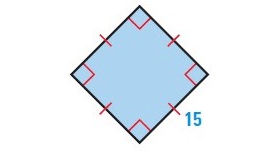
Solution :
By observing the figure, it is a square.
Finding the area :
Area of a square = side2
Here side(a) = 15
= 152
Area = 225 sq.units
Finding the perimeter :
Perimeter of a square = 4a
= 4(15)
Perimeter = 60 units
Example 10 :
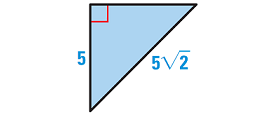
Solution :
Because we want to find the area of the triangle, we have to know its base and height.
To know the base and height of the triangle, let us rotate the given triangle as shown below.
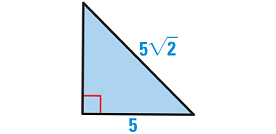
Use Pythagorean theorem to find the height of the triangle.
h2+ 52 = (5√2)2
h2 + 25 = 52 ⋅ (√2)2
h2 + 25 = 25⋅2
h2 + 25 = 50
Subtract 25 from each side.
h2 = 25
h2 = 52
h = 5
Finding the area :
Area of the triangle = (1/2) ⋅ base ⋅ height
= (1/2) ⋅ 5 ⋅ 5
= 12.5 square units
Finding the perimeter :
Perimeter of the triangle :
= Sum of the lengths of all the three sides
= 5 + 5 + 5√2
= (10 + 5√2) units
Subscribe to our ▶️ YouTube channel 🔴 for the latest videos, updates, and tips.
Kindly mail your feedback to v4formath@gmail.com
We always appreciate your feedback.
About Us | Contact Us | Privacy Policy
©All rights reserved. onlinemath4all.com
Recent Articles
-
10 Hard SAT Math Questions (Part - 40)
Dec 23, 25 06:12 AM
10 Hard SAT Math Questions (Part - 40) -
AP Calculus BC Problems with Solutions
Dec 20, 25 10:51 AM
AP Calculus BC Problems with Solutions -
AP Precalculus Problems and Solutions (Part - 1)
Dec 20, 25 10:49 AM
AP Precalculus Problems and Solutions (Part - 1)
